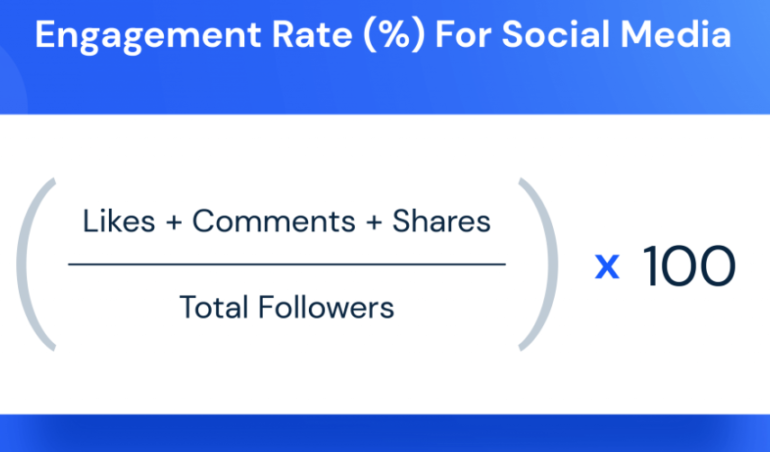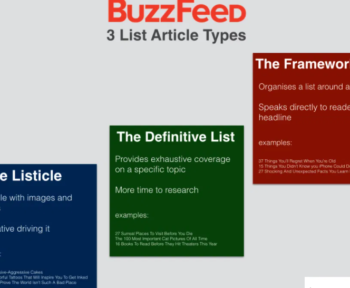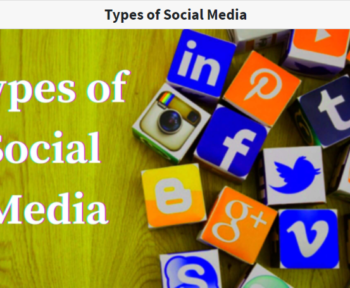In this article, I will share with you some of the metrics that you will find useful in measuring the performance of your media campaigns.
Table of Contents
What are Media Metrics?
Media metrics are the use of data to gauge the impact of social media activity on a company’s revenue. Marketers often use social media monitoring software to observe activity on social platforms and gather insights into how a brand, product, or company-related topic is perceived.
What is Media Metrics Types?

These are just a few, there are more media metrics and you may not need to use them all in your business, remember it’s not about measuring everything, only focus on relevant information for decision making. So, let’s go through some important media metrics so as to make your media campaigns more effective.
Impressions
Indicates the number of times an ad has been displayed online. An impression occurs each time your ad is shown to a user.
In the case of display ads, there has always been a lot of concern about whether or not an impression is “viewable” (i.e., whether it was actually displayed to a user or simply loaded on some of the pages the user has never seen). and as a result, stricter regulations on the viewability of display ads have been implemented across the industry.
Pretty much any impression you get today will be a viewable impression.
Scope
It is a number that shows how many individual (different) people have seen an advertisement at least once, within a defined relevant period of time. A person is counted only once, so if we display it as a percentage, the maximum possible is 100%.
Frequency
This is a number used to identify if an ad is shown too many times to the same person. It shows how many times a person sees a given advertisement on average during a defined relevant period. But not a cumulative number (all people each time), but the average. How many times does a person see the ad? In the formula:
frequency = audience / reach duplicated total
Coverage
This is a percentage, which indicates what percentage of the target audience is reached by an ad. For example: If on Facebook, the total estimated audience for demographic, interest, and location targeting was 100,000, but the ad was shown to 1,000 people, that means we had a reach of 1 % of the target audience.
Clicks

Indicates the number of people who clicked on your ad. Depending on the platform you are advertising on, clicks can take different forms. On Facebook, for example, there are 19 different click-related metrics, with four different types: clicks, click-throughs, outbound clicks, and landing page views.
Whereas at Google, there is only one click metric. Many advertisers prefer Google’s approach because it’s simpler, but Facebook’s tracking also has merit, as it provides more insight into the type of user behavior when they see an ad.
CPC
When companies perform advertising that generates a particular cost for each click a user makes on an ad. CPC stands for cost per click and is a method websites can use to determine the average number of times an advertiser has clicked on the relevant ad. CPC is also a widely used metric that advertisers incorporate to manage campaign budgets and performance.
Let’s say your ad gets 2 clicks, one costing $0.40 and the other $0.20, for a total of $0.60.
You need to divide $0.60 by 2 (your total number of clicks) to get an average CPC of $0.30.
CPA
CPA advertising is often used when businesses do affiliate marketing on external websites, blogs, or social media. It measures how much it costs the business to acquire a new customer.
CPM
CPM is the acronym for cost per thousand, meaning the cost per 1,000 impressions (or the number of times it is viewed). This is the cost for an ad to be posted a thousand times on a website and seen by users.
The total cost paid for a CPM offer is calculated by multiplying the total number of impressions by the CPM rate and then dividing by 1,000. For example, one million CPM impressions equal 000 gross revenue.
CTR

So while CPM, CPC, and CPA indicate the cost of online advertising, CTR measures effectiveness.
CTR or click-through rate measures the success of online advertisements by accumulating the percentage of people who actually click on the advertisement to reach the website from a hyperlink. The percentage is obtained by dividing the number of users who clicked on the ad by the number of times the ad was delivered.
VTR
It’s the number of videos viewed divided by the number of impressions (the number of times a page loads with a video). If you can optimize for VTR, that will likely improve your conversion rate as well.
CR (conversion rate)
Conversion rate is the percentage of visitors to your website who reach the desired goal (a conversion) out of the total number of visitors. A high conversion rate is an indicator that the marketing plan is well executed and the web design is effective.
These are some of the standard metrics most used in digital marketing, but remember that if these metrics don’t reflect the information you need to measure, you can always create new ones that serve your specific goals in that marketing campaign. you are working on.
I look forward to seeing you apply the metrics you have learned here and make your social media ads effective and useful.
How to calculate Media Metrics?

The researchers determined that only four key metrics differentiate low, medium, and high performance: execution time, deployment frequency, mean time to restore (MTTR), and change failure rate.
Awareness Metrics
Apart from this, To calculate your audience growth rate, track your net new subscribers (on each platform) over a reporting period. Then divide that number by your total audience (on each platform) and multiply by 100 to get your audience growth rate percentage.

Note: You can track your competitors’ progress in the same way if you want to measure their performance.
Engagement Metrics
Social media engagement metrics show how much people are interacting with your content, rather than just viewing it.
Engagement rate

Engagement rate measures the number of interactions (reactions, comments, and shares) your content gets as a percentage of your audience.
How you define “audience” can vary. You may want to calculate engagement based on your number of followers. But remember that not all of your followers will see all of your posts. Plus, you can get engagement from people who aren’t following you (yet).
Therefore, there are several ways to calculate the compromise. So much so, in fact, that we’ve devoted an entire blog post to the many ways to measure engagement rate.
Virality rate
The virality rate is similar to the amplification rate in that it measures how much your content is shared. However, viral rate calculates engagement as a percentage of impressions rather than a percentage of subscribers.

Remember that every time someone shares your content, they get a new set of impressions through their audience. So the viral rate measures how exponentially your content spreads.
To calculate the viral rate, divide the number of shares of a post by its impressions. Multiply by 100 to get your percent virality rate.
Amplification rate
The amplification rate is the ratio between the number of shares per post and the total number of subscribers.
Coined by Avinash Kaushik, author and digital marketing evangelist at Google, amplification is “how quickly your followers pick up your content and share it across their networks.”

Basically, the higher your amplification rate, the more your followers will extend their reach to you.
To calculate amplification, divide a post’s total number of shares by its total number of followers. Multiply by 100 to get your percent amplification rate.
That’s all for this post hope you find this content interesting. Don’t forget to share and leave comments. Thank You.





